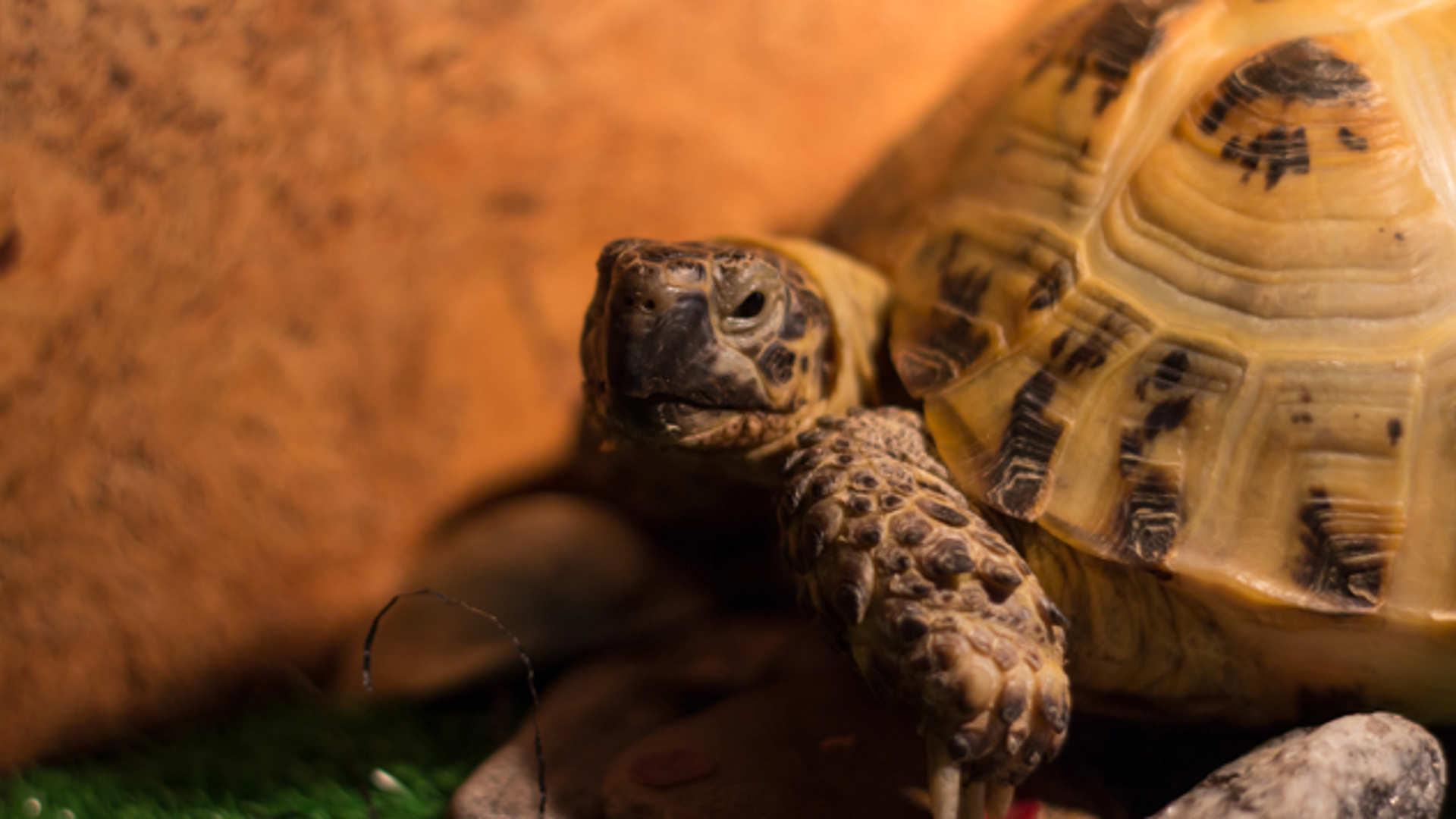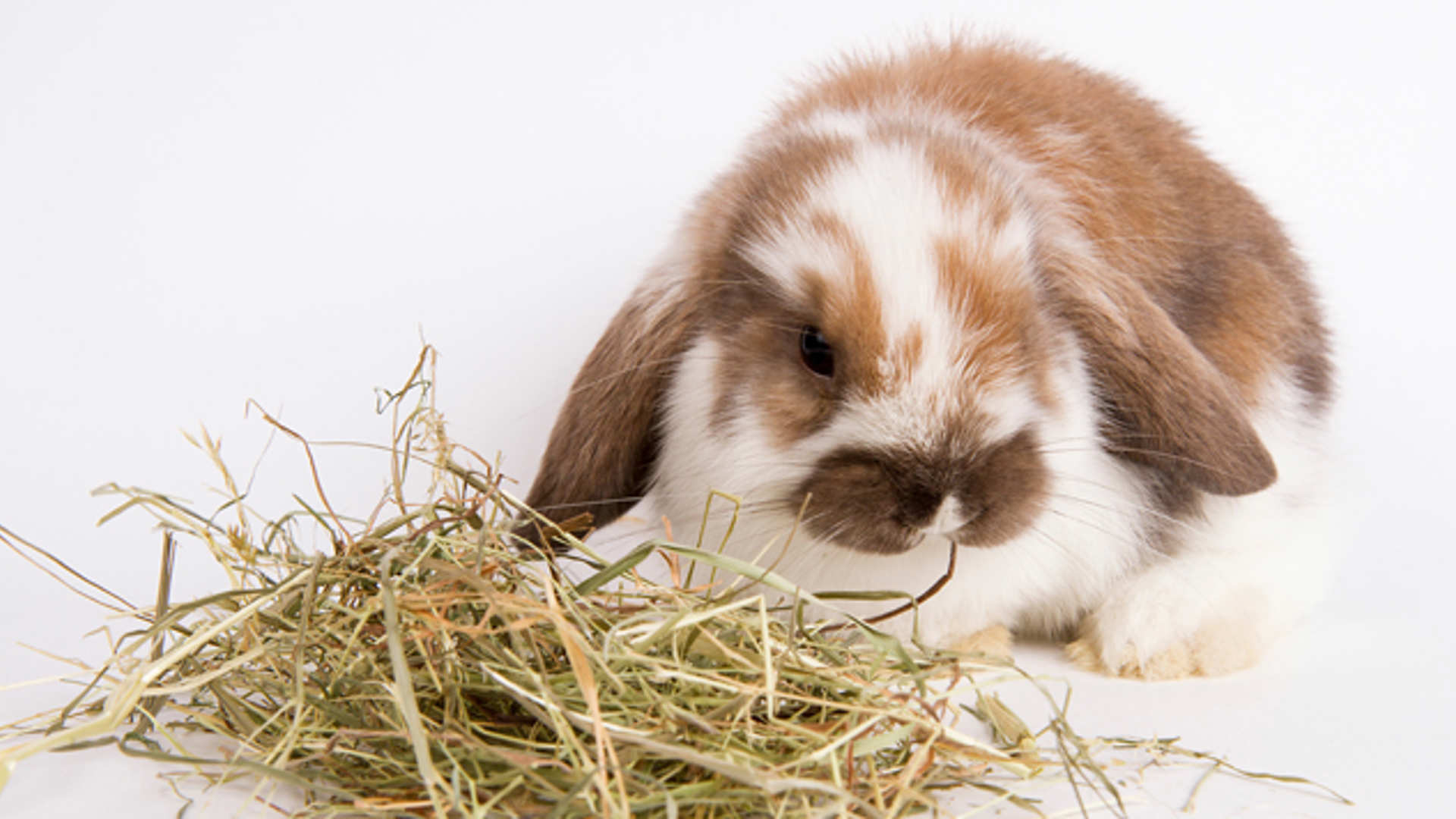
Rabbits, Small Furries & Exotic Pets
The service is headed up by Colin Blakey, an experienced veterinary surgeon working with exotic pets since 1993.
The practice has dedicated facilities for the care of prey and exotic species to allow them to be safely hospitalised away from the smells, sights, and noises of predators. They are routinely seen at the practice for preventative health care such as vaccines as well as treatment for a wide range of illnesses.
If you wish to bring you pet to see us, either to investigate an illness or for a health check, please give us a call.
Download questionnaire
If you have booked an appointment for your reptile or avian pet, you may be directed here to download and complete a questionnaire.
Frequently Asked Questions
What is an exotic pet?
In veterinary medicine animals are grouped in the following categories; Farm, Companion (cats & dogs), and Equine. All other animals are grouped together as exotics and commonly include rabbits, rodents, birds reptiles, and fish.
Rabbits are the third most common pet in the UK so they really should not be regarded as exotic, but they are often classified as such for convenience.
What facilities do you have?
We have a wide range of facilities and equipment making it easier to provide the best level of care for the exotic pet, including specialist anaesthetic equipment and experience in anaesthetising less common species.
For exotic surgery we have avian/exotic fine-tipped instruments for precision surgery and access to electrocautery.
Reptiles – We have a vivarium to house reptiles at specific temperatures appropriate for their species.
Rabbits and small furries - We have a dedicated non-predator room for the hospitalisation of rabbits and small rodents. This ensures they do not encounter the smells and sounds of cats and dogs, which can be very stressful for them.
What animals do you see?
We are happy to see most exotic pets, including birds, reptiles, amphibians, fish and even invertebrates. We also often care for a range of mammals including rabbits, rodents, ferrets, chinchillas, and the more exotic mammals such as sugar gliders and African hedgehogs. We do not work with large mammal species (deer, pot-bellied pigs etc), primates, venomous animals and animals licensed under the dangerous wild animals legislation. Langford Vets also has a Farm Animal Practice and Stables Equine Practice.
How should I transport my pet?
All small animals should be transported in a suitable container. It is not possible to be sure what species will be present in the waiting room, so it is vital that you pet is secure.
Birds - It is important you bird is transported in a safe secure manner. For parrots cardboard boxes are not ideal as they can often eat their way out of the box. A small travel cage or top opening cat basket is ideal. Front loading cat baskets make it difficult to get the bird out.
Birds should not be brought into the practice out of cages. (Except for Birds of Prey on the hand).
Reptiles - The most important thing for transporting reptiles is that they are kept warm. Travel boxes that plug into the car’s cigarette lighter are available but, in most cases, a hot water bottle, covered by some towels on the bottom of the box are adequate.
Snakes travel well in a cloth bag or pillowcase (Duvet cases for larger species).
Fish - With sick fish the decision needs to be made whether to bring the fish into the surgery. Fish should be transported in their own water. Put their water into bags and then within a box or tub.
When examining fish, we briefly anaesthetise them in the water that they are in, they are then recovered in fresh water. This means that ideally, we need two bags of the water that the fish are kept in.
What should I bring with me to the appointment?
All Pets are seen by appointment only and availability of appointments for exotic pets may vary with the availability of the vet responsible.
Please bring a small amount of your pet's normal food and some treats to your appointment.
Many of the problems seen with exotic pets can relate to the way that they are kept, diet, housing etc. Please bring diagrams or photos of the animal's housing, details of any supplements or medications given (if possible bring the packet). The more information we have on the care of your pet the easier it is to determine what may be going wrong.
Stay in the know
Our latest articles
-
Nutrition

-
Companionship
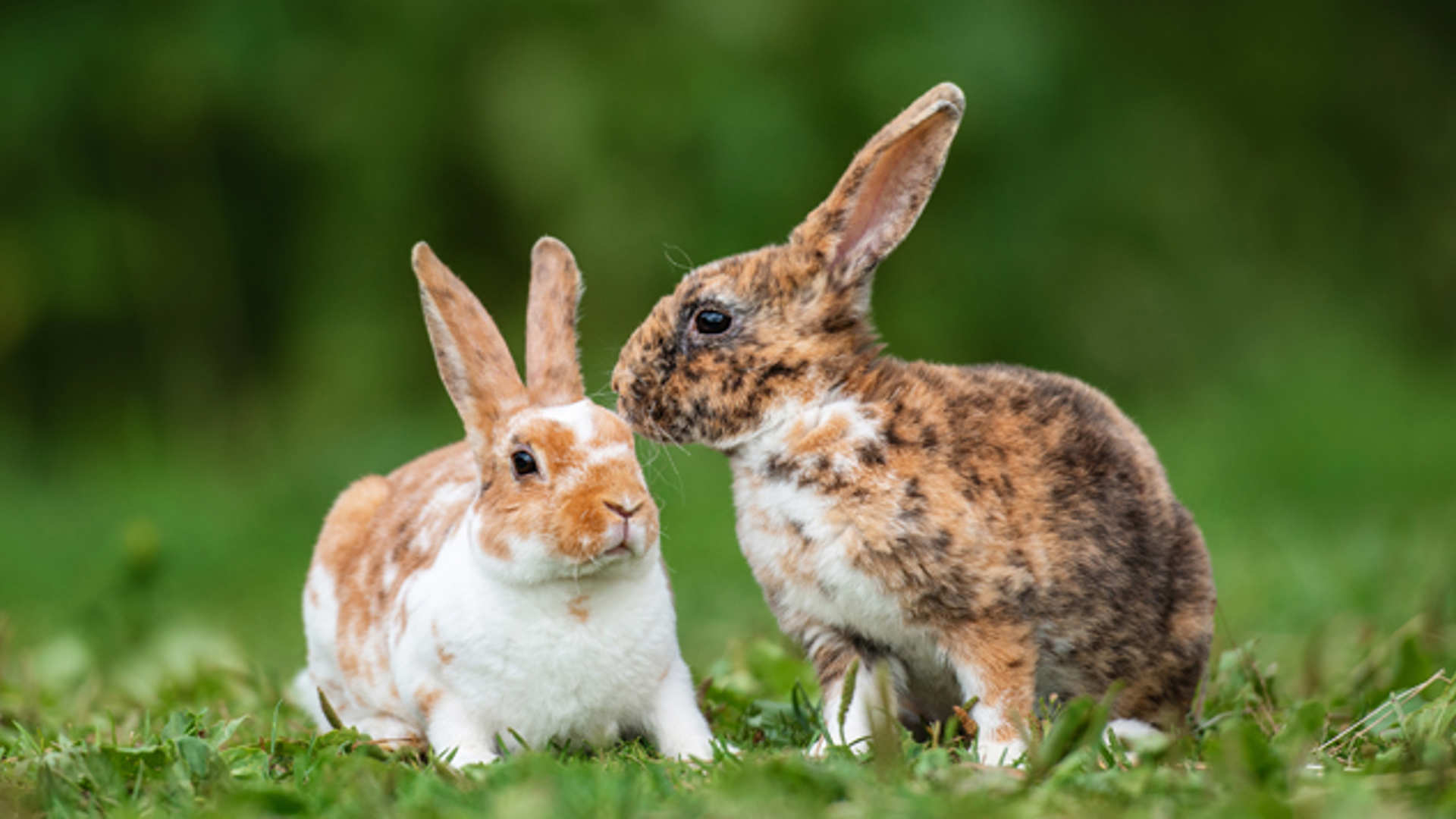
-
Housing and Enrichment
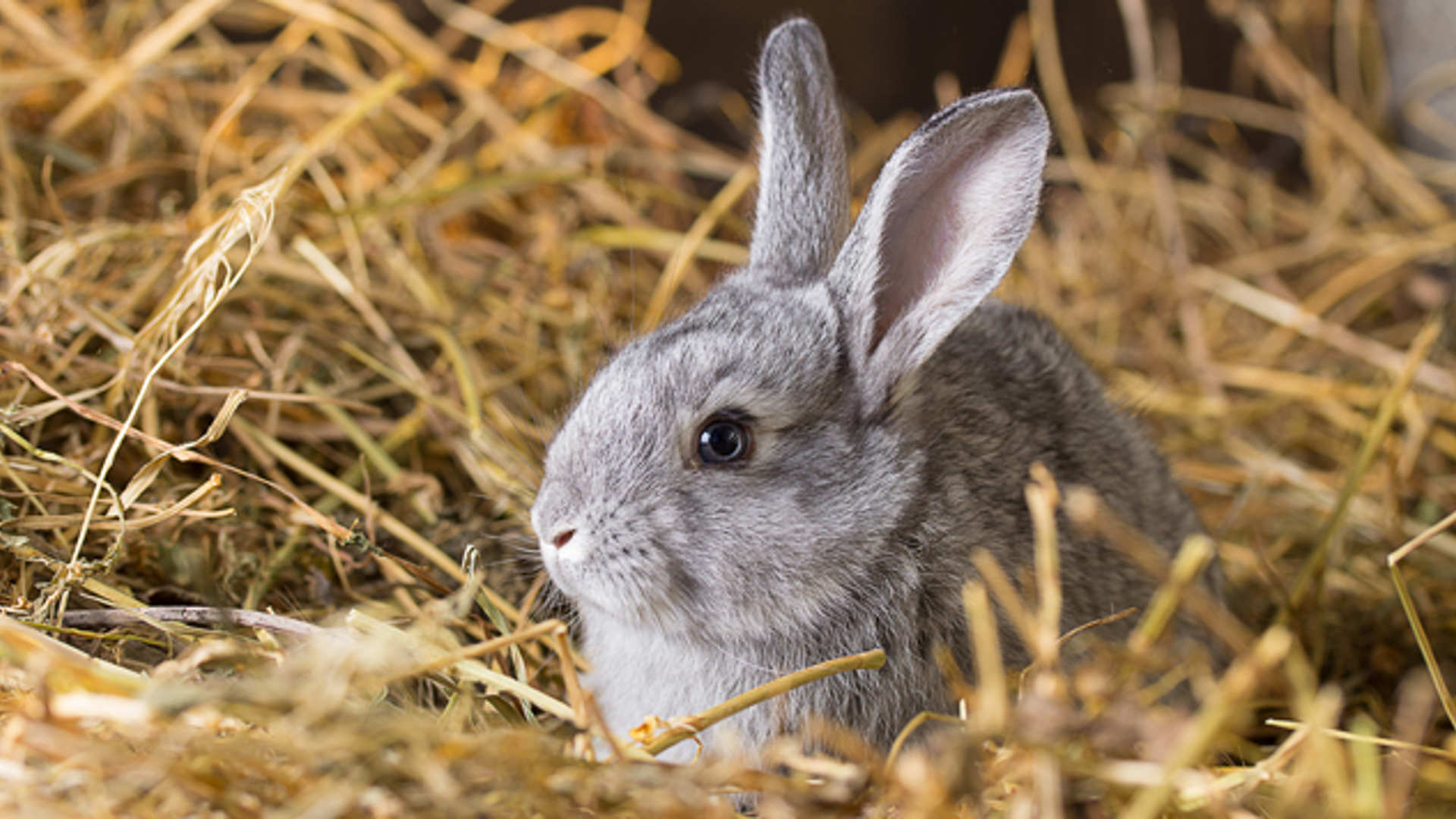
-
Nutrition
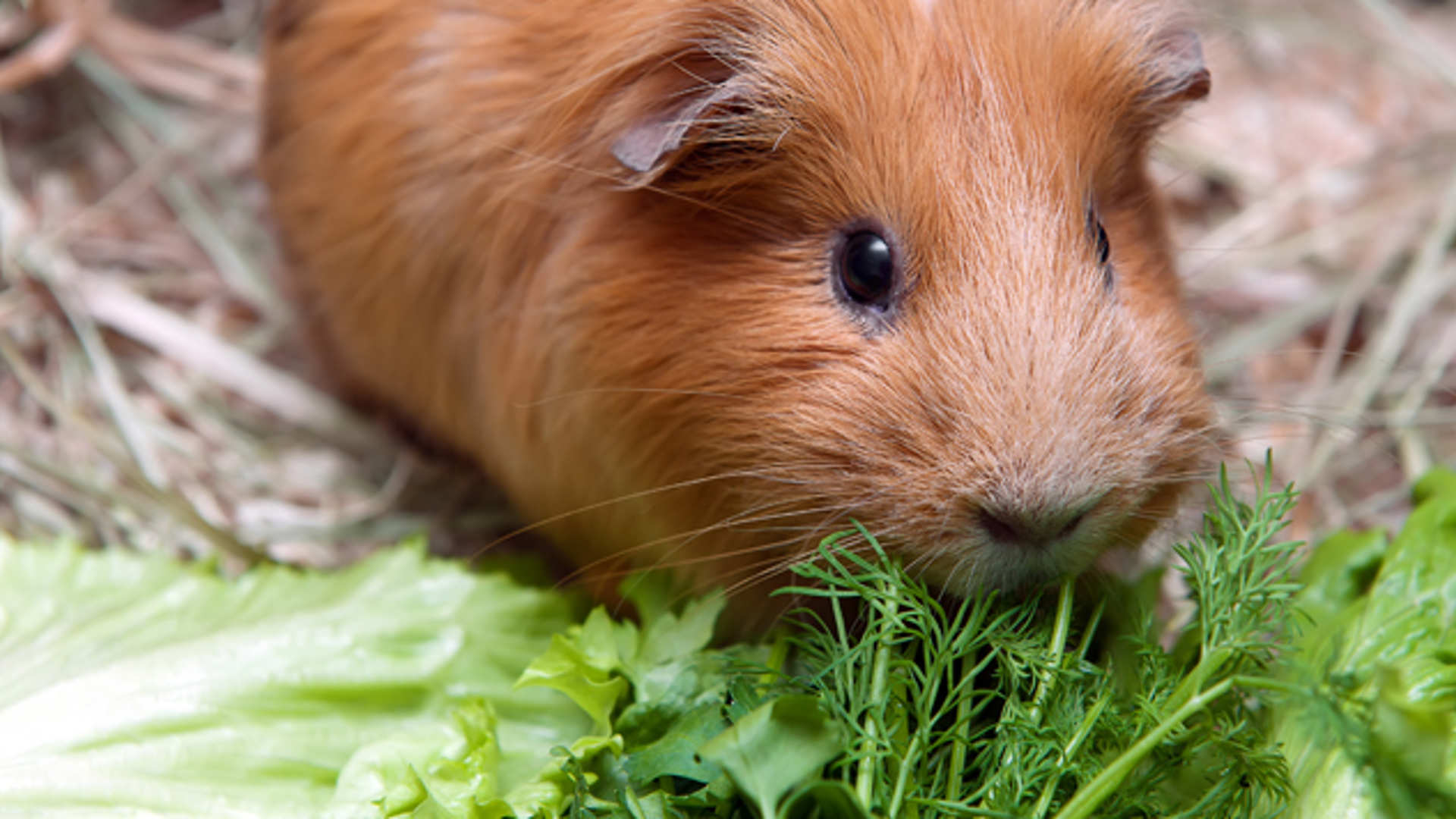
-
Nutrition
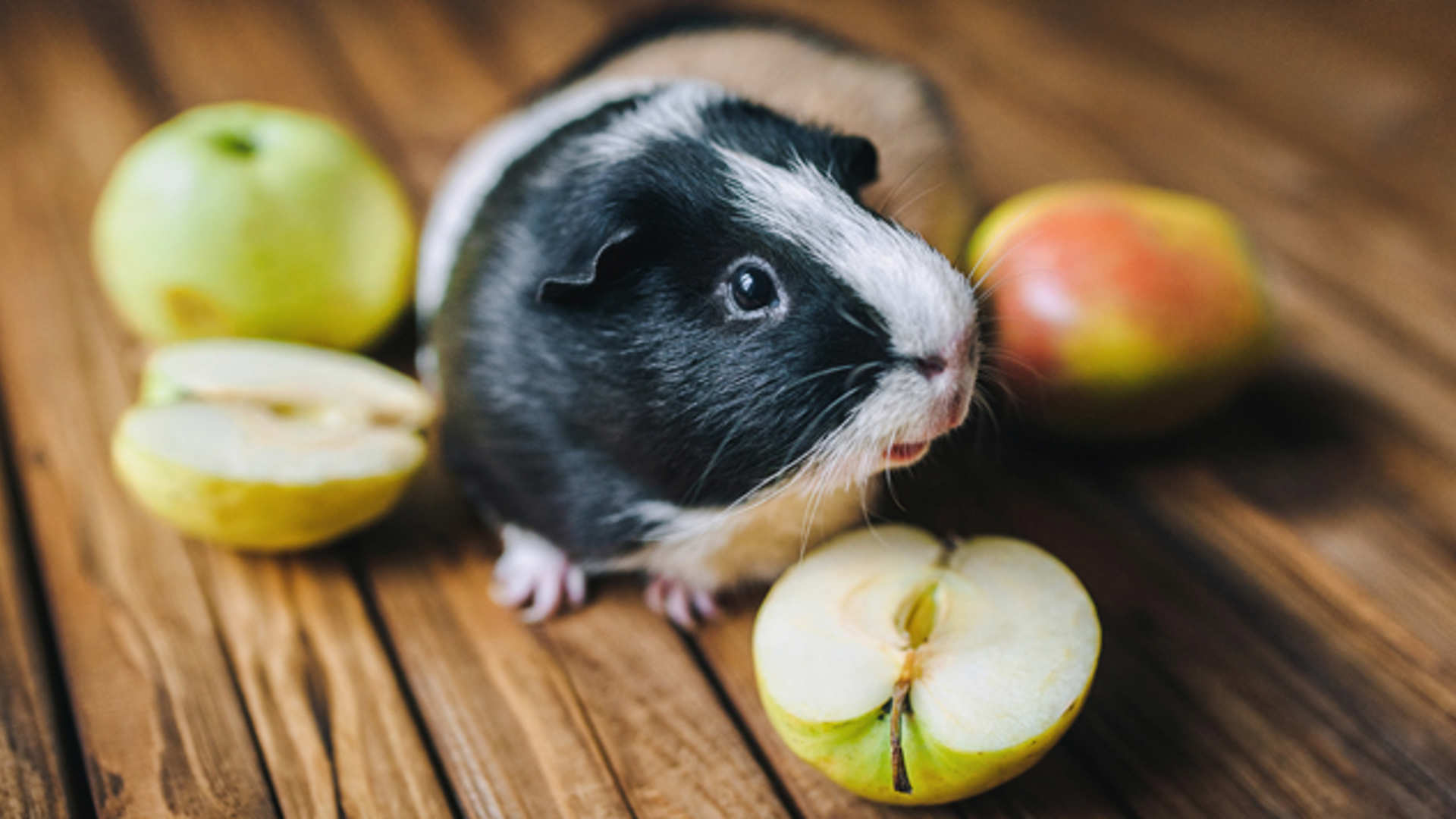
-
Housing and Enrichment
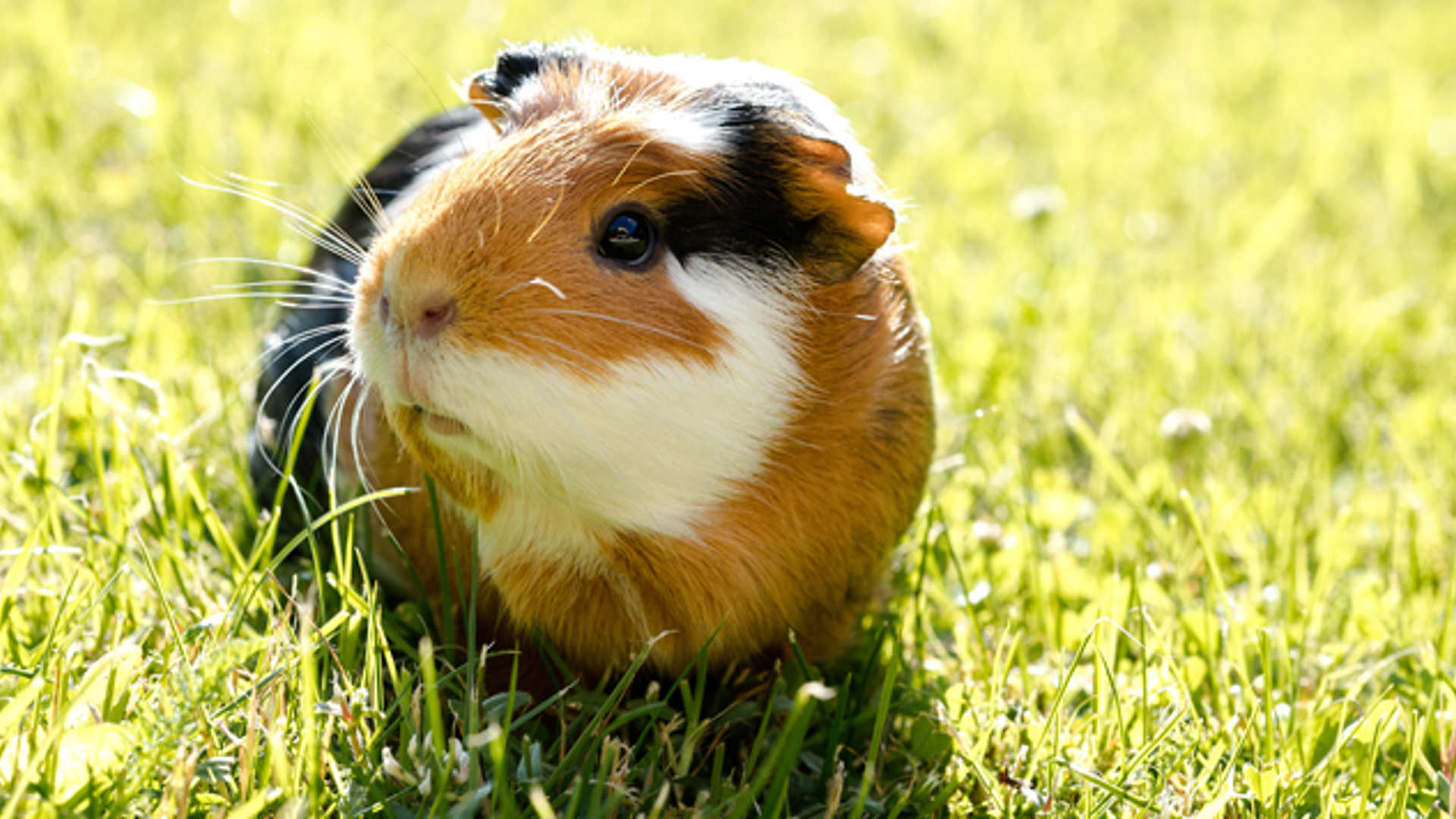
-
Hibernation
